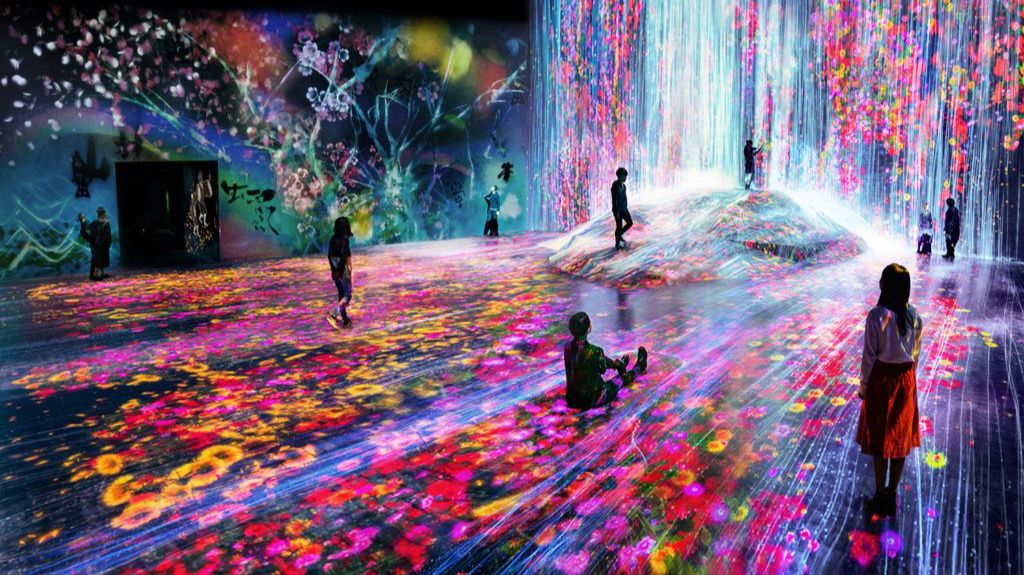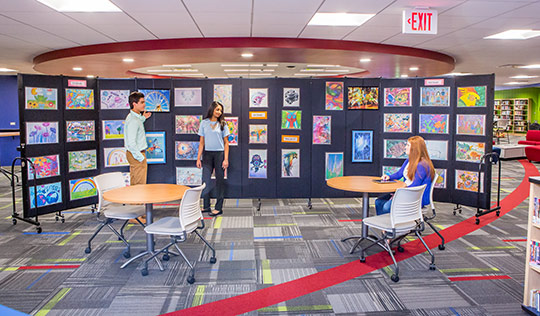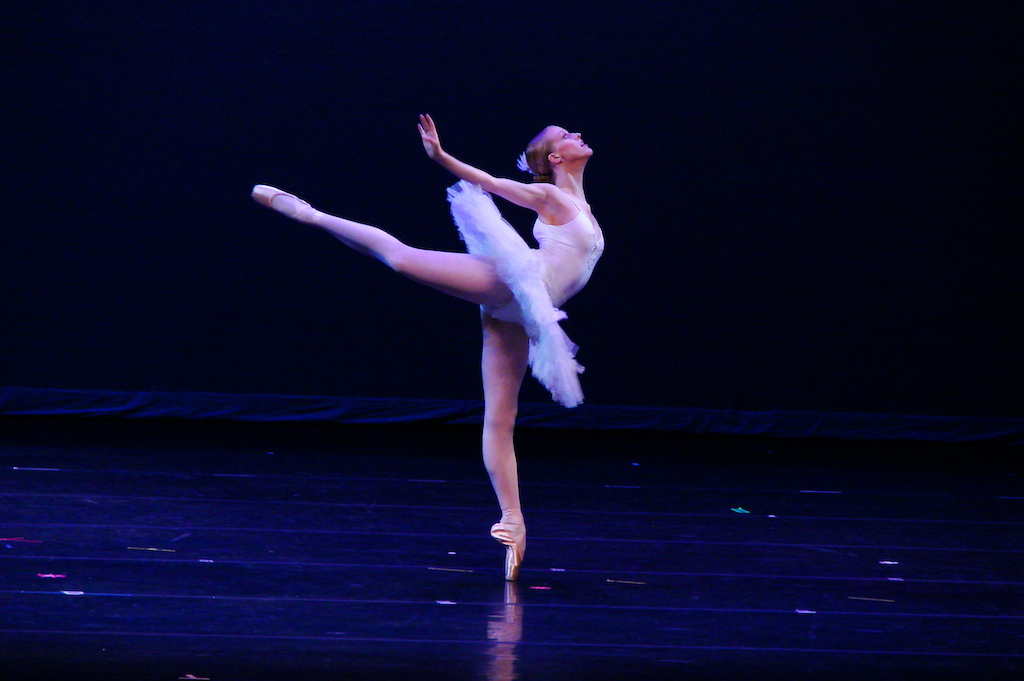In recent years, contemporary art has become increasingly popular, and so has the way it’s showcased. Nowadays, people want more than a plain white gallery space; they want something that’s immersive and dynamic. And why not? After all, contemporary art is all about breaking boundaries and exploring new possibilities. Here are some examples of how contemporary art is being showcased in dynamic settings.
Museums and Galleries
Museums and galleries have started to incorporate more dynamic and interactive elements into their exhibitions. For example, the Museum of Modern Art in New York recently held an exhibition called “The Long Run” which featured contemporary art pieces in a non-linear arrangement. This allowed visitors to make connections between different works and create their own narrative.
Another example is the Broad Museum in Los Angeles, which has a permanent installation called “Infinity Mirrored Room” by Yayoi Kusama. This immersive installation is a small mirrored room that gives visitors the impression of being suspended in space with an infinity of tiny lights surrounding them.
Public Spaces
Contemporary art is being showcased not only in traditional settings but also in public spaces. This trend has given rise to many outdoor installations and street art projects that engage with the public in a new way. For example, the Miami Art Week hosts an event called “Wynwood Walls” which features large-scale murals from local and international artists. Similarly, Art Basel in Switzerland is famous for its public art installations that spill out onto the street.
Virtual Reality
Virtual reality is a new medium that’s being used to showcase contemporary art in dynamic settings. This gives artists the ability to create immersive experiences that are impossible to achieve in the physical world. For example, the artist Jakob Kudsk Steensen created a virtual reality exhibit called “The Deep Listener.” This exhibit allows visitors to explore a digital ecosystem that responds to sound in real-time.
In conclusion, showcasing contemporary art in dynamic settings is becoming increasingly important as more people crave immersive experiences. Whether it’s through non-linear exhibitions, public installations, or virtual reality exhibits, the possibilities are endless. We can’t wait to see what artists come up with next.











